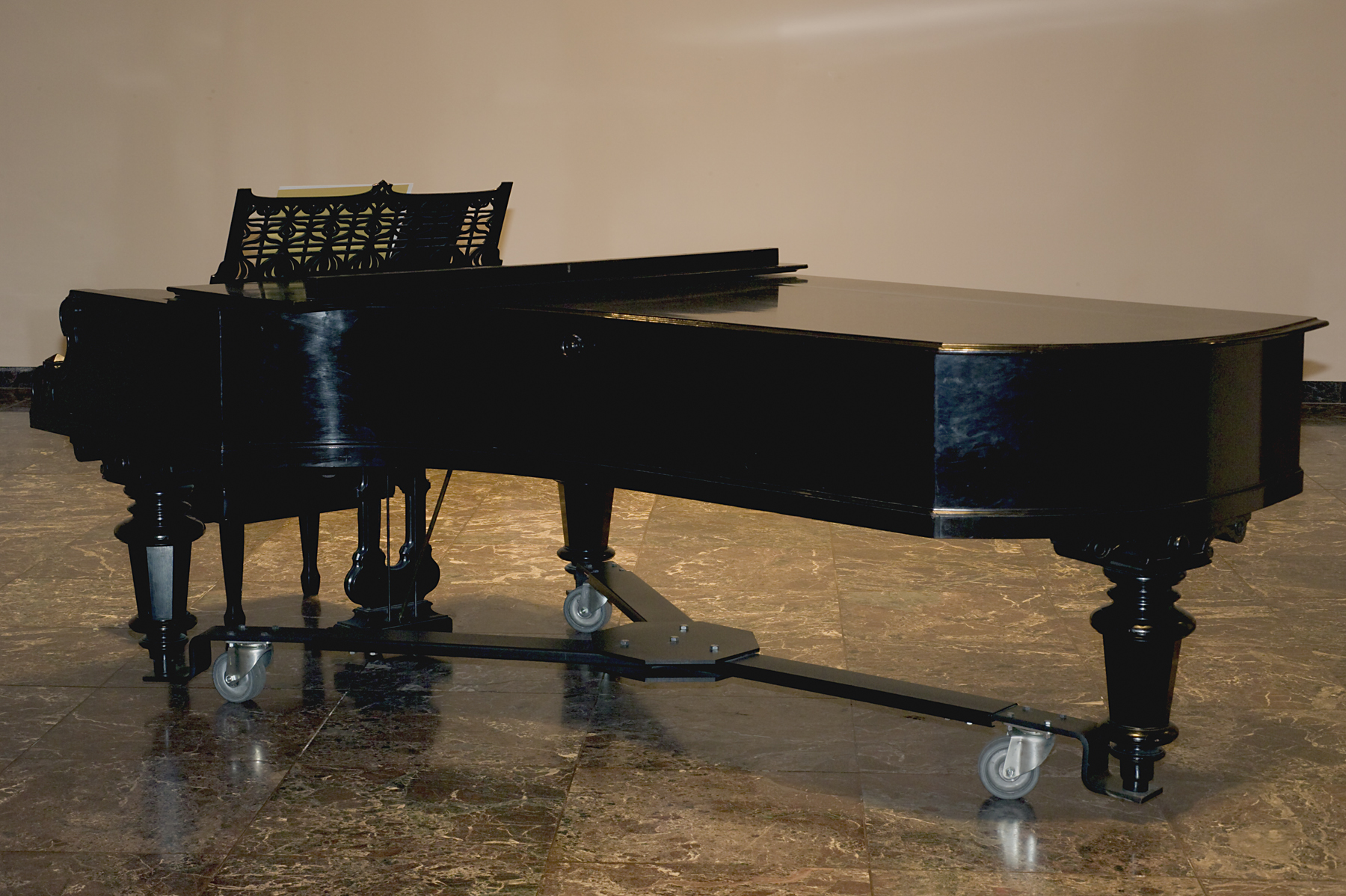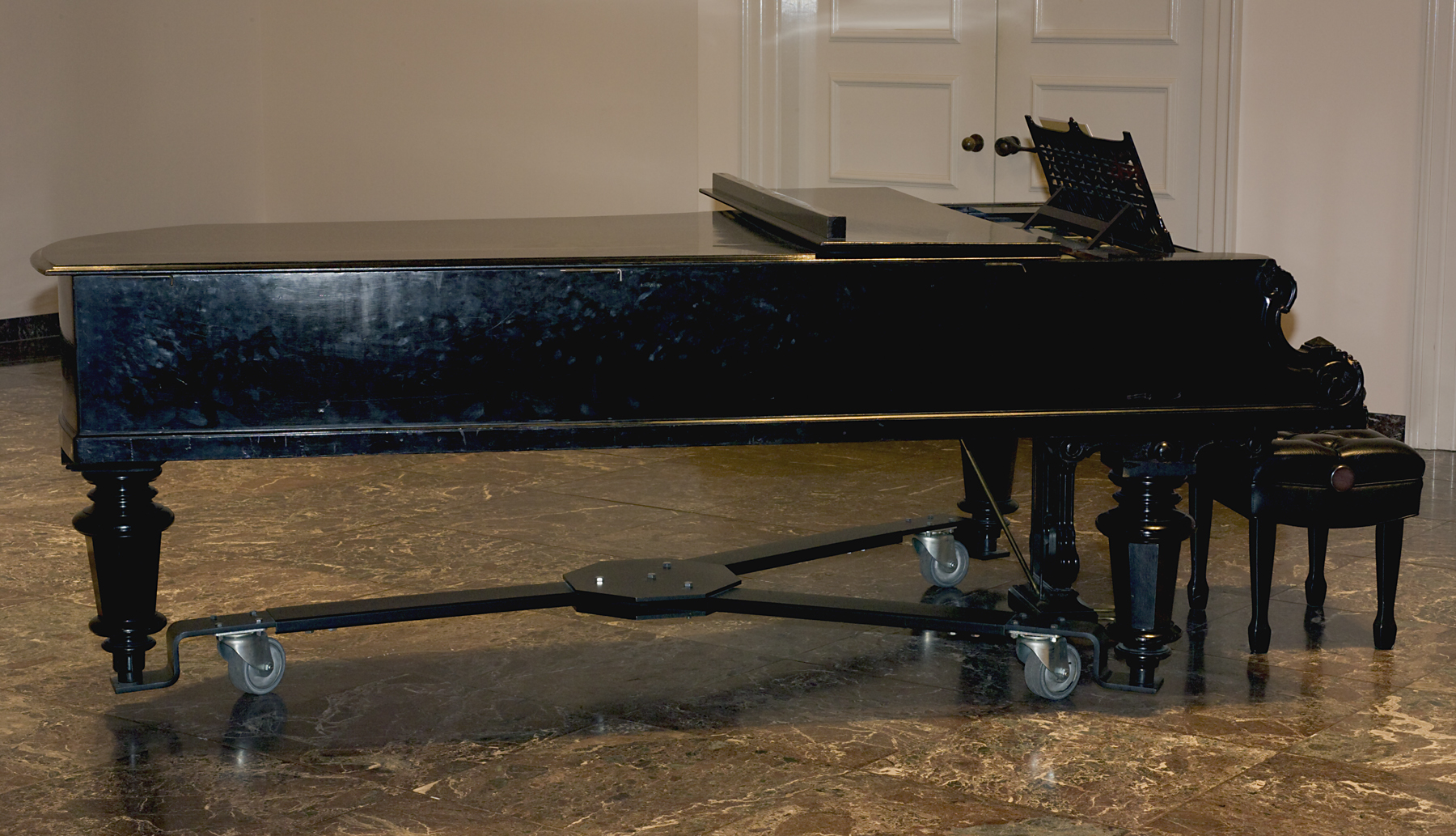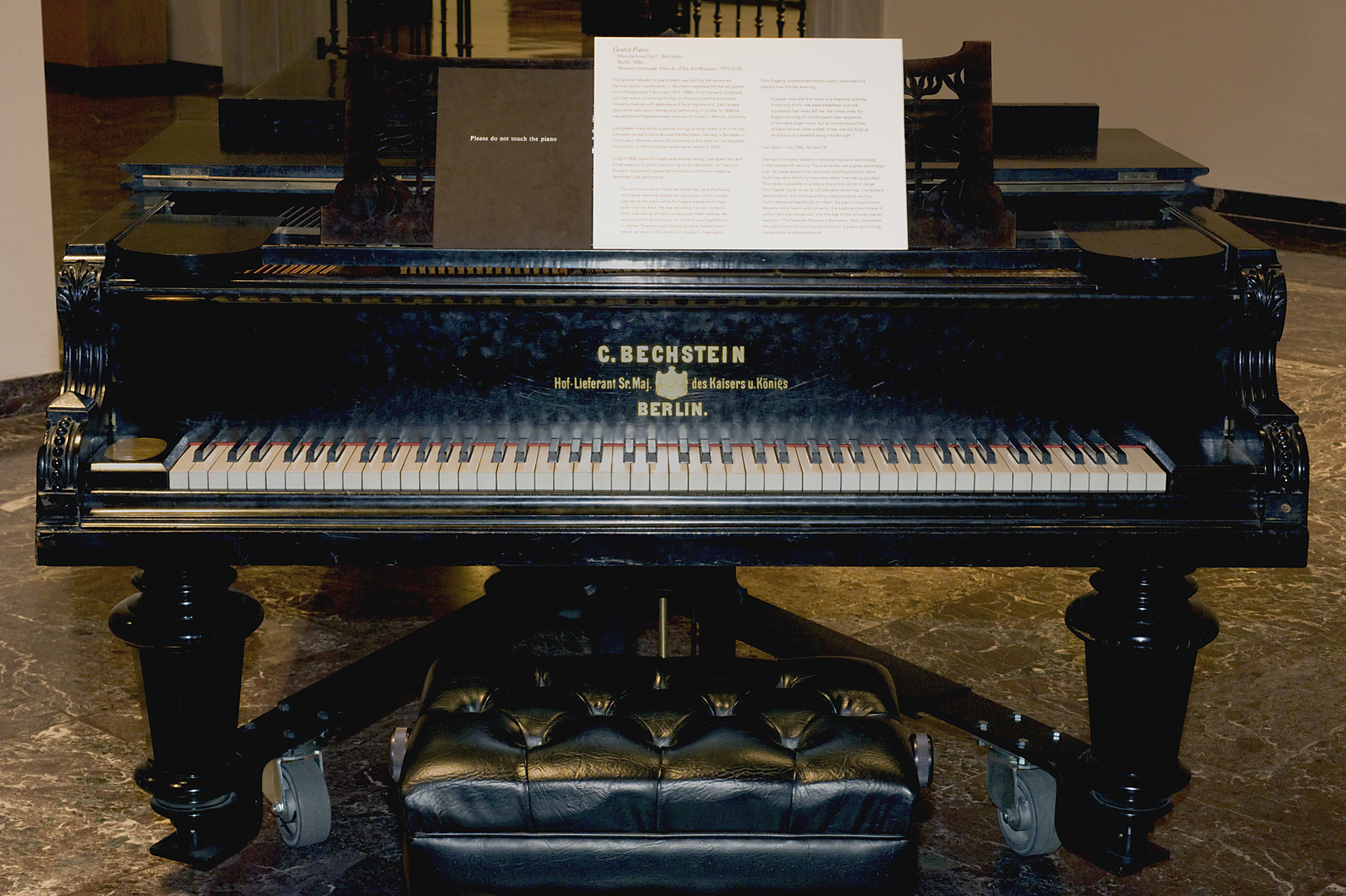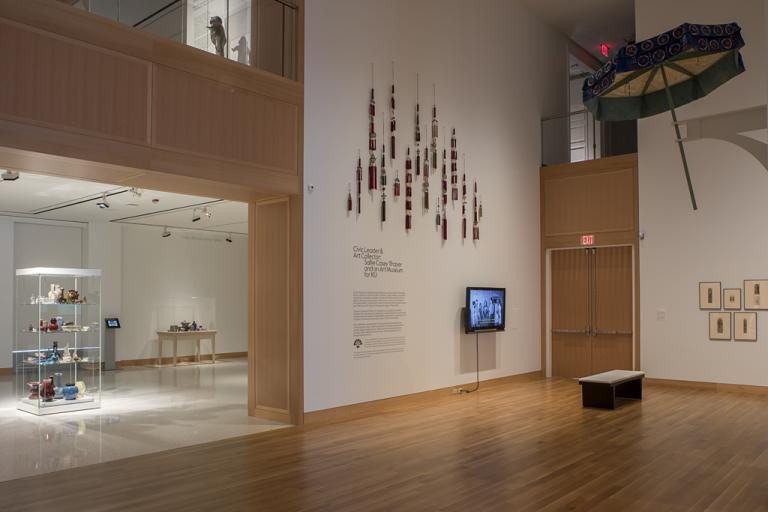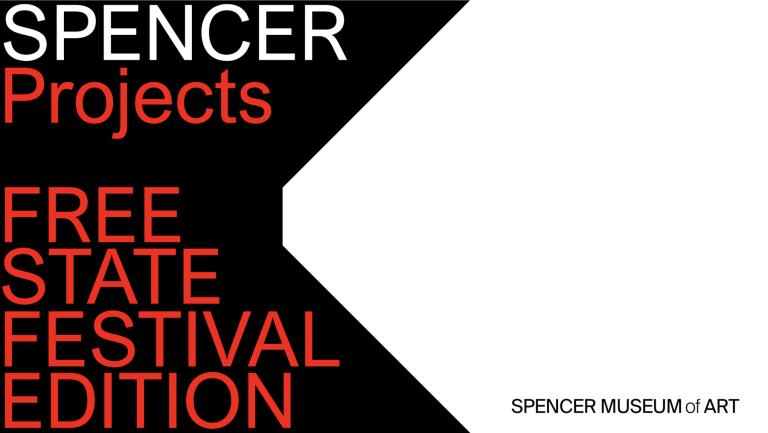grand piano, C. Bechstein
Artwork Overview
Bechstein, artist
founded 1853
grand piano,
circa 1885–1886
Where object was made: Berlin, Germany
Material/technique: oak wood; cast iron; lacquer; ivory
Dimensions:
Object Height/Width/Length (Height x Width x Length): 135.5 x 158.1 x 271.8 cm
Object Height/Width/Length (Height x Width x Length): 51 13/16 x 62 5/16 x 107 in
Object Height/Width/Length (Height x Width x Length): 135.5 x 158.1 x 271.8 cm
Object Height/Width/Length (Height x Width x Length): 51 13/16 x 62 5/16 x 107 in
Credit line: Museum purchase: Friends of the Art Museum and Building Fund
Accession number: 1977.0105
Not on display
If you wish to reproduce this image, please submit an image request

